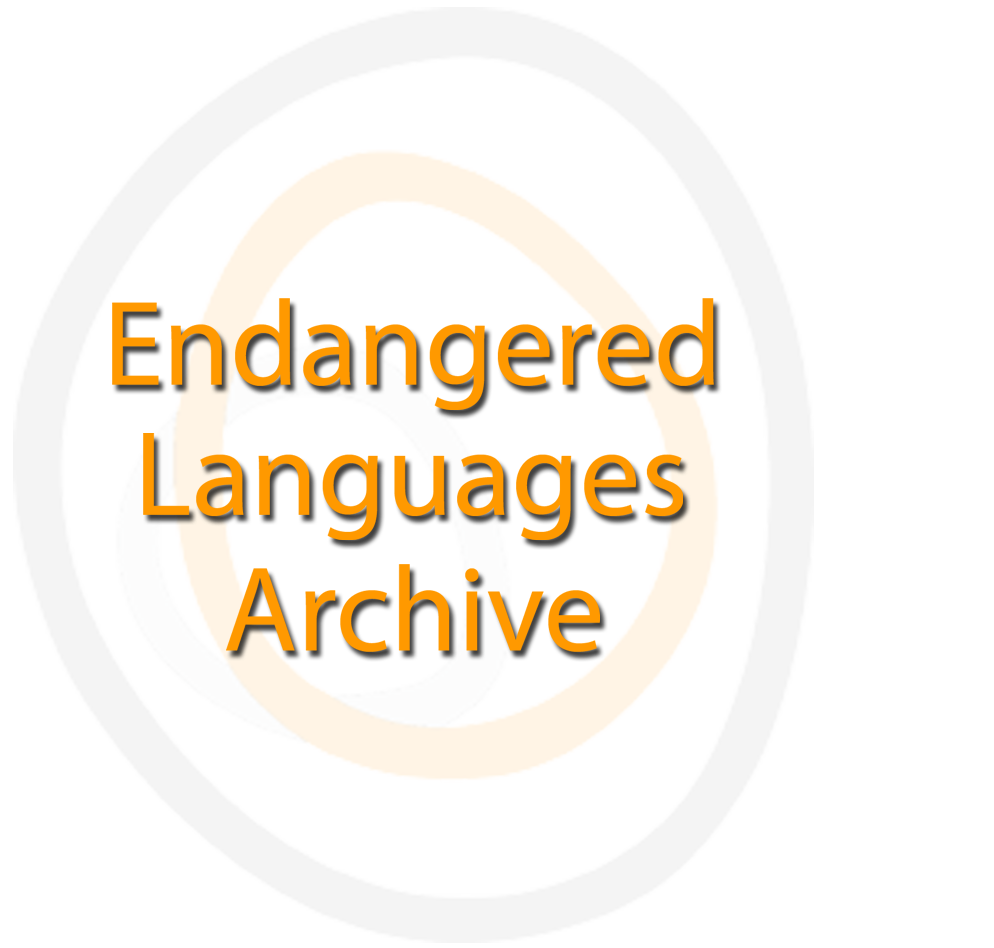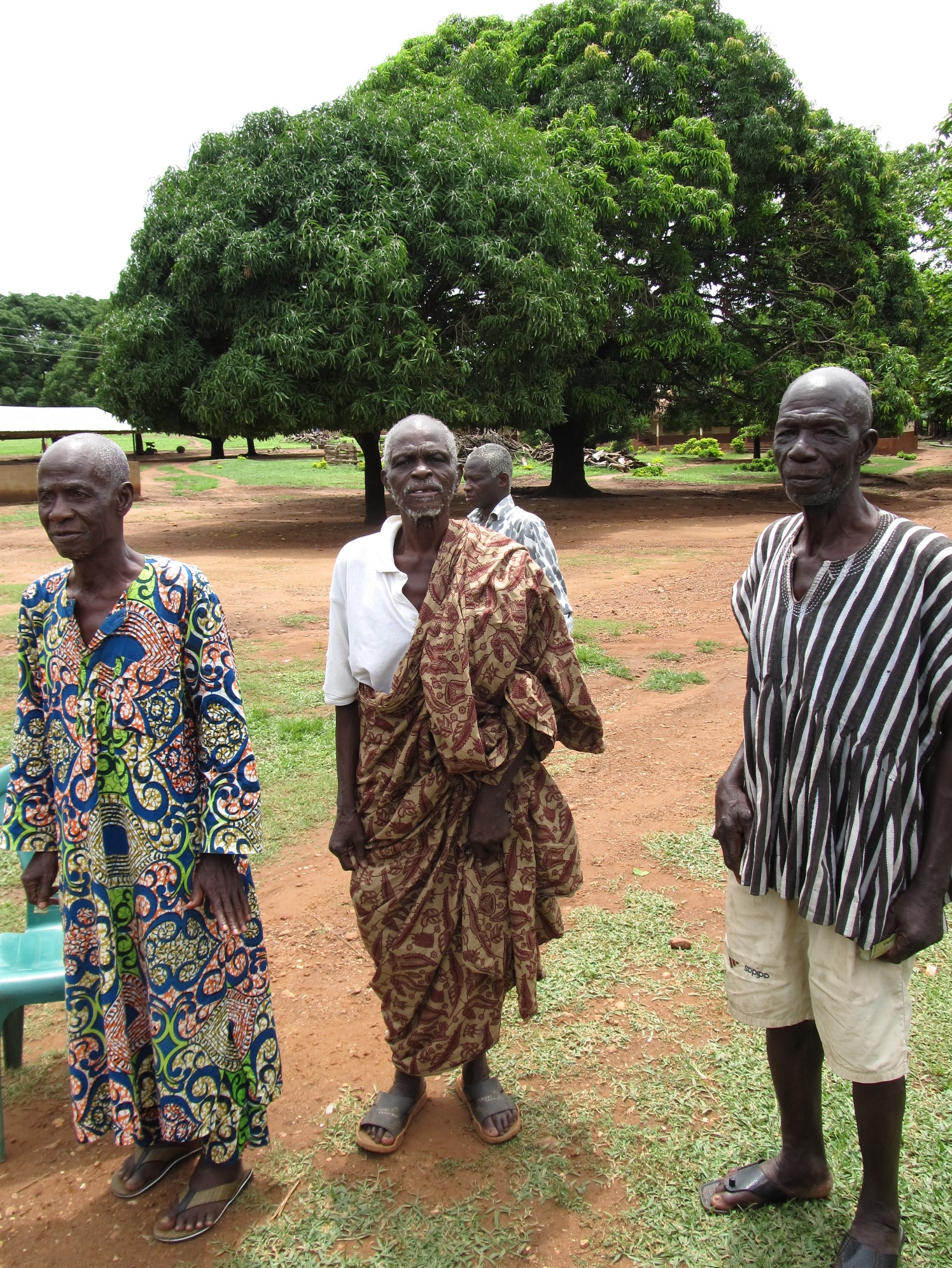Documentation of Animere, Ghana (Kwa, Niger-Congo): A Pilot Study
| Language | Animere |
| Depositor | James Essegbey, Bryan Gelles |
| Affiliation | University of Florida |
| Location | Ghana |
| Collection ID | 0331 |
| Grant ID | SG0199 |
| Funding Body | ELDP |
| Collection Status | Collection online |
| Landing Page Handle | http://hdl.handle.net/2196/fbd23548-859b-426d-9e96-72173f0804a6 |
Showreel
Summary of the collection
Animere (ISO 639-3: anf) is a critically endangered Ghana-Togo Mountain language (Kwa, Niger-Congo) spoken north of the Volta Region, Ghana. A recent sociolinguistic survey of the language estimated that there were less than 30 speakers and that all but three of these speakers are over 40 years old. This project aims to provide a sample documentation and establish the feasibility of engaging in a full-scale language documentation of Animere. This project will also produce a thematic dictionary and a collection of varied naturally-occurring speech events in audio-visual format.
Group represented
Sometime in 2005, while a team from the Volta Region Multi-language Project (VRMP) were conducting a survey collecting wordlists from speakers of various Ghana Togo Mountain languages (GTM), they met some elders of Animere who expressed their dismay about their disappearing language. According to Andy Ring, the elders lamented that “We do not have anyone to sing our songs.” Animere (ISO 639-3: anf) is one of 15 languages located in the hills of Ghana-Togo border, from which they got the name Ghana Togo Mountain languages. It is estimated to have less than 30 speakers all of whom are over 50 years old. Animere people are known in the language as Benimbere, and they live in Kacheibe in the northern part of the Volta Region of Ghana. Animere is no longer being transmitted to children, a robust indicator of acute endangerment. All Benimbere people speak Adele, another GTM language, and Akan, the regional dominant language. The Animere situation is particularly interesting in that rather than shift to the dominant regional language, as happens in most language endangerment situations in Africa, they are shifting to Adele.
Special characteristics
Sound System:
[ŋ] – ŋ
[ɛ] – ɛ
[ɔ] – ɔ
[ɪ] – ɩ
[ʊ] – ʋ
[n¬w] – nw
[j] – y
[bw] – bw
[ãĩ] – aɩn
[ɾ] – r
[ɲ] – ny
[kw] – kw
[gw] – gw
[ʨ] – ky
[ʨw] – tw
[ʥ] – gy
[ʥw] – dw
Collection contents
The collection is comprised of 29 bundles that reflect the way of life in Animere. Each bundle contains either a video of the stories being told or an elicitation video. The original storytelling includes mixed generations of Animere speakers that sit together and tell different folk stories and fables relating to their cultural identity. The stories include cultural explanations, personal accounts of life as an Benimbere, historical interactions, ‘legends’ told at tribal gatherings, as well as songs and dance. The elicitation videos take place in Nkwanta, where the researchers are asking the consultant to slowly repeat the Animere phrases in order to verify that the correct sound and tone is being noted. Some bundles also contain one or more audio recordings and an ELAN file that contains a transcription of a specific story.
All the materials are openly accessible, without any kind of restrictions, in the online catalogue of the Endangered Languages Archive, ELAR.
Collection history
With a small grant from the ELDP Bryan Gelles, graduate students at the University of Florida to collect preliminary documentation materials on the language. These include 3 conversations and 5 stories. Bryan’s preliminary investigation of the language shows that a lot of the vocabulary is from Akan. Over the summer of 2017, Dr. James Essegbey also traveled to Nkwanta with four students from the University of Florida, with funding from the Center of African Studies, to transcribe some of Bryan’s videos and record the elders singing and dancing to their songs.
Acknowledgement and citation
Users of any part of the collection should acknowledge James Essegbey as the principal investigator, the data collector and the researcher. Individual speakers whose words and/or images are used should be acknowledged by respective name(s). Any other contributor who has collected, transcribed or translated the data or was involved in any other way should be acknowledged by name. All information regarding consultants or contributors is available in the metadata.
To refer to any data from the collection, please cite as follows:
Essegbey, James & Gelles, Bryan: 2018. Documentation of Animere. Endangered Languages Archive. Handle: http://hdl.handle.net/2196/00-0000-0000-000F-B670-E. Accessed on [insert date here].



